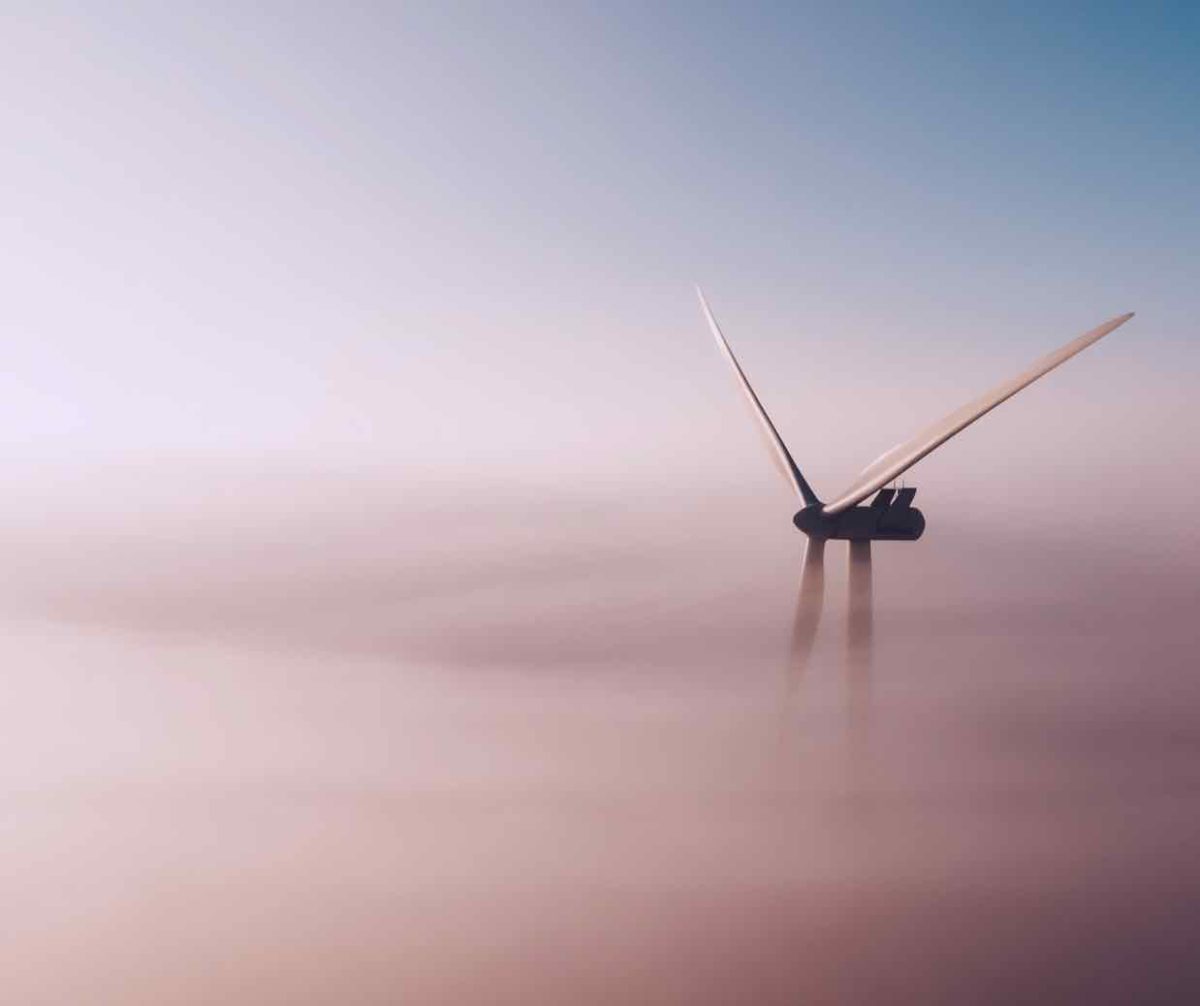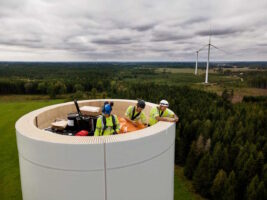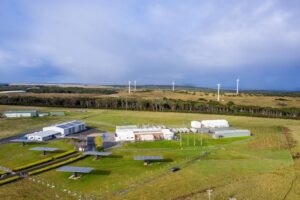Things are starting to get a bit strange in the world of the offshore wind industry in Australia. Nothing has been built yet – in fact legislation allowing even a feasibility study is yet to be finalised – but the sheer scale of the proposals is jaw-dropping.
In total, according to RenewEconomy’s own offshore wind map of Australia, nearly 40GW of project proposals scattered around the southern half of the country (the offshore wind resource is not nearly as interesting in the northern part of the island continent) have been unveiled by various developers.
Some 12GW of proposals, and accompanying headlines, have come from a little known Danish outfit called Copenhagen Energy, not to be confused with Copenhagen Infrastructure Partners, which is the biggest shareholder in the country’s most advanced wind project, the 2.2GW Star of the South proposal in Victoria.
Copenhagen Energy’s main business appears to be in power trading, but it has grand ambitions, and has focused much of its efforts on Western Australia, with four different 3GW proposals unveiled one by one in recent months. Each would cost the company or its backers around $8 billion to build, if they ever got that far.
The first one – Leeuwin – was unveiled earlier this year. RenewEconomy also recently reported on the second one, unveiled in August, which talked of the massive Midwest project proposed off the coast near Kalbarri. The latest is Samphire, near Lancelin to the north of Perth, with another, Velella, to follow.
All project descriptions are remarkable because they appear to be carbon copies of the other. They all propose up to 200 turbines sized between 15MW and 25MW each, or up to 385 metres tall, have not finalised their locations, and share almost exactly the same wording, with only the names and the locations changed.
Perhaps the company has struck upon what it sees as a successful formula, bringing modularity to projects of a scale never contemplated before.
In any case, these are early projects: The company has said, using the same words in each of the projects to date, that “the exact locations of the turbines has not been defined and will be selected after stakeholder and community feedback.”
It hopes to begin construction of the Leeuwin offshore wind farm in 2026, which seems improbably given the focus of the federal government in creating offshore wind energy zones in the eastern states first and the exhaustive process of getting environmental approvals, community support and connection deals, let alone completing a detailed feasibility study.
Even the country’s most advanced offshore wind project, Star of the South, would be lucky to get going that early and it has already completed significant studies on transmission links and extensive community engagement.
Even more improbably, Copenhagen Energy suggests construction of the Leeuwin project will take just two years.
Copenhagen Energy says it plans to begin construction of Midwest in 2028, and Samphire in 2029. Each project is described “as the biggest wind farm globally.”
The company now appears to be equally ambitious in its home market.
Although there is no mention of the project on its website, the company said in a LinkedIn post a few days ago that it had featured in Denmark’s main business paper with a proposal to build the largest offshore wind project to date in Denmark “to deliver first power in 2027 subsidy free.”
As we reported in August, what appears to be happening here is a massive “sea-grab”, companies racing to “reserve” or stake out prospective acreage to get into a favourable position should a serious developer with the deep pockets needed come along and buy up the area.
How all this plays out no one can be sure. The rules of the market will be revealed along with the declaration of the first renewable energy zone, in Gippsland Victoria, where there already appears to be some overlap between project outlines. How those overlaps get resolved remains to be seen.










